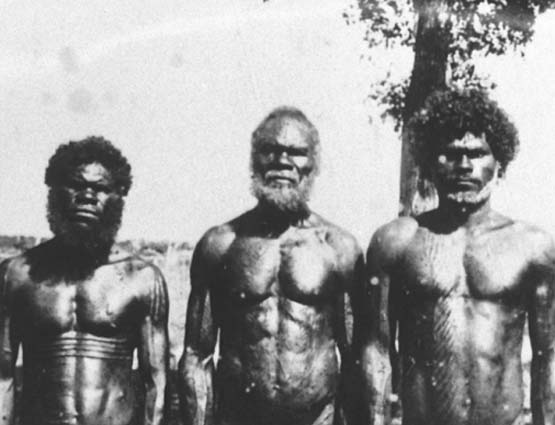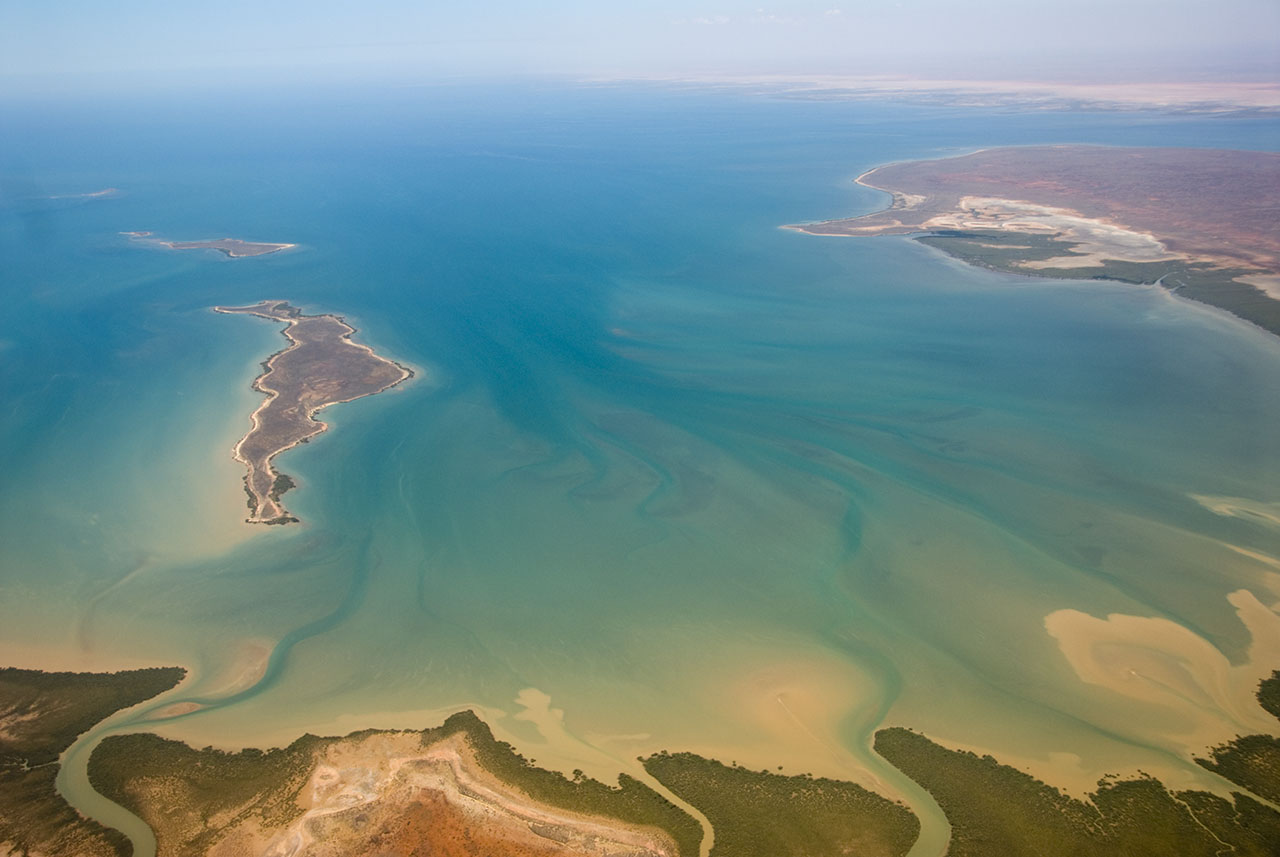|
Eendrachtsland
Eendrachtsland or Eendraghtsland ( nl, het Landt van d'Eendracht and ) is an obsolete geographical name for an area centred on the Gascoyne region of Western Australia. Between 1616 and 1644, during the European Age of Exploration, ''Eendraghtsland'' was also a name for the entire Australian mainland. From 1644, it and the surrounding areas were known as New Holland (and, much later, as Western Australia). In 1616, Dirk Hartog, captain of the Dutch East India Company ship ''Eendracht'', encountered the west coast of the Australian mainland, meeting it close to the 26th parallel south latitude (26° south), near what is now known as Dirk Hartog Island in Western Australia. After leaving the island, the ''Eendracht'' sailed in a north-west direction along the coast of the mainland, Hartog charting as he went. He gave this land the name , literally Eendrachtsland, after his ship, the ''Eendracht'' (English: "Unity" or "Concord"). Appearance on the charts The earliest known ap ... [...More Info...] [...Related Items...] OR: [Wikipedia] [Google] [Baidu] |
Gascoyne
The Gascoyne region is one of the nine administrative regions of Western Australia. It is located in the northwest of Western Australia, and consists of the local government areas of Carnarvon, Exmouth, Shark Bay and Upper Gascoyne. The Gascoyne has about of Indian Ocean coastline; extends inland about ; and has an area of , Estimated resident population, 30 June 2019. including islands. Population The Gascoyne has the lowest population of any region of Western Australia, with about 9,277 people. The majority of residents are non-Aboriginal people born in Australia (74%). Just over half live in Carnarvon (4,426) where Aboriginal residents account for 18% of the population. Other centres are Exmouth, Denham, Gascoyne Junction and Coral Bay. Climate The Gascoyne has a moderate arid tropical, climate. It is generally warm all year round, with mean maximum daily temperatures ranging from in July to in January. The region receives about 320 days of sunshine per year. Ann ... [...More Info...] [...Related Items...] OR: [Wikipedia] [Google] [Baidu] |
Caert Van't Landt Van D'Eendracht
''Caert van't Landt van d'Eendracht'' ("Chart of the Land of Eendracht") is a 1627 map by Hessel Gerritsz. One of the earliest maps of Australia, it shows what little was then known of the west coast, based on a number of voyages beginning with the 1616 voyage of Dirk Hartog, when he named Eendrachtsland after his ship. The map is oriented with north to the left and shows lines of latitude from 20th parallel south to the 35th parallel south and also shows the Tropic of Capricorn. The top left of the map shows a river labelled ''Willems revier, besocht by 't volck van 't Schip Mauritius in Iulius A° 1618'' ("Willem's River, visited by the crew of the ship Mauritius in July 1618"). The identity of this river, now referred to as ''Willem River'', is unknown; it is possibly the Ashburton River. In the bottom left corner is a feature labelled ''Hier ist Engels schip de Trial vergaen in Iunias, A° 1622'' ("Here the English ship ''Trial'' was wrecked in June 1622"). This is poss ... [...More Info...] [...Related Items...] OR: [Wikipedia] [Google] [Baidu] |
Exploration Of Western Australia
Exploration refers to the historical practice of discovering remote lands. It is studied by geographers and historians. Two major eras of exploration occurred in human history: one of convergence, and one of divergence. The first, covering most of ''Human, Homo sapiens'' history, saw humans Recent African origin of modern humans, moving out of Africa, settling in new lands, and developing distinct cultures in relative isolation. Early explorers settled in Europe and Asia; 14,000 years ago, some crossed the Settlement of the Americas, Ice Age land bridge from Siberia to Alaska, and moved southbound to settle in the Americas. For the most part, these cultures were ignorant of each other's existence. The second period of exploration, occurring over the last 10,000 years, saw increased cross-cultural exchange through trade and exploration, and marked a new era of cultural intermingling, and more recently, convergence. Early writings about exploration date back to the 4th millennium B ... [...More Info...] [...Related Items...] OR: [Wikipedia] [Google] [Baidu] |
Tropic Of Capricorn
The Tropic of Capricorn (or the Southern Tropic) is the circle of latitude that contains the subsolar point at the December (or southern) solstice. It is thus the southernmost latitude where the Sun can be seen directly overhead. It also reaches 90 degrees below the horizon at solar midnight on the June Solstice. Its northern equivalent is the Tropic of Cancer. The Tropic of Capricorn is one of the five major circles of latitude marked on maps of Earth. Its latitude is currently south of the Equator, but it is very gradually moving northward, currently at the rate of 0.47 arcseconds, or 15 metres, per year. Less than 3% of the world's population lives south of it; this is equivalent to about 30% of the population of the Southern Hemisphere. Name When this line of latitude was named in the last centuries BC, the Sun was in the constellation Capricornus at the December solstice. This is the date each year when the Sun reaches zenith at this latitude, the southernmost l ... [...More Info...] [...Related Items...] OR: [Wikipedia] [Google] [Baidu] |
Bathurst Island (Northern Territory)
Bathurst Island (Iwaidja: ''Nguyu'') (, ) is one of the Tiwi Islands in the Northern Territory off the northern coast of Australia along with Melville Island. __TOC__ Description The largest settlement on Bathurst is Wurrumiyanga (known as Nguiu until 2010), in the south-east, with a population of around 1,560. Located on the south east corner of Bathurst Island, Wurrumiyanga is approximately north of Darwin. The second largest settlement is Wurakuwu, with a population of 50, located northwest of Wurrumiyanga. The third settlement on the island is a small family outstation called ''4 Mile Camp'', about west of Wurrumiyanga. History Aboriginal Australians have occupied the area that became the Tiwi Islands for at least 40,000 years. On 5 May 1623, Willem Jootszoon Van Colster (or Coolsteerdt), in the ship ''Arnhem'' named the island De Speult Eylandt, in honour of Herman van Speult, Governor of Ambon, who had commissioned the voyage of exploration. In 1828, the i ... [...More Info...] [...Related Items...] OR: [Wikipedia] [Google] [Baidu] |
Exmouth Gulf
Exmouth Gulf is a gulf in the north-west of Western Australia. It lies between North West Cape and the main coastline of Western Australia. It is considered to be part of the Pilbara Coast and Northwest Shelf, and the Carnarvon Basin geologic formation. It was named after Edward Pellew, 1st Viscount Exmouth by Phillip Parker King in 1818. Environment Exmouth Gulf is a rich marine environment. It is a nursery for humpback whales, dugong and turtles. The mangrove systems on the eastern margins are areas of high primary productivity feeding and restocking both the Gulf and the nearby Ningaloo Reef. A proposal for a system of solar salt evaporation ponds stretching more than along the gulf's south-western coast has given rise to heated debate on possible environmental impacts on the area. The Gulf and off-shore waters beyond the Ningaloo fringing reef are home to some of Australia's more significant sport fish including marlin, Spanish mackerel, and several sub-species of ... [...More Info...] [...Related Items...] OR: [Wikipedia] [Google] [Baidu] |
Albany, Western Australia
Albany ( ; nys, Kinjarling) is a port city in the Great Southern region in the Australian state of Western Australia, southeast of Perth, the state capital. The city centre is at the northern edge of Princess Royal Harbour, which is a part of King George Sound. The central business district is bounded by Mount Clarence to the east and Mount Melville to the west. The city is in the local government area of the City of Albany. While it is the oldest colonial, although not European, settlement in Western Australia - predating Perth and Fremantle by over two years - it was a semi-exclave of New South Wales for over four years until it was made part of the Swan River Colony. The settlement was founded on 26 December 1826 as a military outpost of New South Wales for the purpose of forestalling French ambitions in the region. To that end, on 21 January 1827, the commander of the outpost, Major Edmund Lockyer, formally took possession for the British Crown of the portion of N ... [...More Info...] [...Related Items...] OR: [Wikipedia] [Google] [Baidu] |
Ashburton River (Western Australia)
The Ashburton River is located within the Pilbara region of Western Australia. Geography The river rises approximately south of Newman, Western Australia, Newman and flows in a west-north-westerly direction until discharging into the Indian Ocean approximately south west of Onslow, Western Australia, Onslow. The North West Coastal Highway crosses the river at Nanutarra, Western Australia, Nanutarra. The river has a length of approximately . The river basin covers an area of and includes the towns of Paraburdoo, Western Australia, Paraburdoo and Tom Price, Western Australia, Tom Price. Tributaries Some of the larger tributaries of the Ashburton river include Beasley River, Henry River, Hardey River and Ethel river. Some of the smaller tributaries include Duck Creek, Turee Creek, Tunnel Creek, Angelo River, Stockyard Creek, Gorge Creek, Goldfields Creek, Peepingee Creek and Jubricoo Creek. History The Ashburton River is believed to have first been named ''Willem's Rive ... [...More Info...] [...Related Items...] OR: [Wikipedia] [Google] [Baidu] |
Willem River
The Willem River or Willem's River was named during the voyage of the Dutch East India Company ship ''Mauritius'' in 1618, under the command of Supercargo Willem Janszoon and captained by Lenaert Jacobszoon, and is one of the few features named on a nautical chart made in 1627. It seems reasonable that Willem River was almost certainly named after Supercargo Willem Janszoon, the Commander of the ship ''Mauritius''. Janszoon was captain of the Duyfken in 16051606, when part of the Gulf of Carpentaria was mapped, during the earliest documented visit to Australia by a vessel from Europe. ''Caert van't Landt van d'Eendracht'' ("Chart of the Land of Eendracht") is a 1627 chart made by Hessel Gerritsz and is one of the earliest charts showing the coastline of Western Australia. The Willem River is located to the extreme left (north) end of the coastline on the chart and a closer view is provided below. Is Willem River the Ashburton River? It is believed that the Willem River of 1618 ... [...More Info...] [...Related Items...] OR: [Wikipedia] [Google] [Baidu] |
Rudolphine Tables
The ''Rudolphine Tables'' ( la, Tabulae Rudolphinae) consist of a star catalogue and planetary tables published by Johannes Kepler in 1627, using observational data collected by Tycho Brahe (1546–1601). The tables are named in memory of Rudolf II, Holy Roman Emperor, in whose employ Brahe and Kepler had begun work on the tables. The main purpose of the Rudolphine tables was to allow the computation of the positions of the then known planets of the Solar System, and they were considerably more precise than earlier such tables. Previous tables Star tables had been produced for many centuries and were used to establish the position of the planets relative to the fixed stars (particularly the twelve constellations used in astrology) on a specific date in order to construct horoscopes. Until the end of the 16th century, the most widely used had been the '' Alphonsine tables'', first produced in the 13th century and regularly updated thereafter. These were based on a Ptolemaic, geoc ... [...More Info...] [...Related Items...] OR: [Wikipedia] [Google] [Baidu] |
.png)





.jpg)
